MoS2 / MXene high-performance potassium ion battery
QQ Academic Group: 1092348845
Detailed
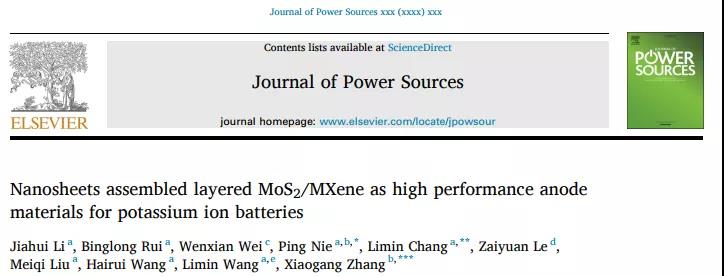
【Research Background】
Electrochemical energy storage devices have received extensive attention in the past few decades. Lithium-ion batteries (LIBs) have dominated the rechargeable battery market in portable electronics, electric vehicles, and smart grids since they were commercialized in 1991. However, due to the scarcity and uneven distribution of lithium in the earth‘s crust, it is urgent to develop a new generation of energy storage devices. Although rechargeable sodium ion batteries are considered to be promising alternatives to lithium batteries due to their similar chemical properties to lithium, large-scale applications are still far away. In addition, potassium ion-based energy storage devices have received special attention due to their similar physical and chemical properties to lithium and sodium, and the richness and low cost of the earth‘s resources.
[Achievement Profile]
Recently, the research group of Professor Nie Ping of Jilin Normal University published a research paper titled: Nanosheets assembled layered MoS2 / MXene as high performance anode materials for potassium ion batteries in the internationally renowned journal Journal of Power Source. The article investigates the performance of MoS2 modified Ti3C2-MXene in potassium ion batteries.
Based on this, a layered Ti3C2Tx MXene / MoS2 nanocomposite was designed and prepared as a new anode material for KIBs. The molybdenum disulfide nanosheets are vertically fixed on a conductive MXene substrate to form a layered two-dimensional structure, which not only facilitates the rapid transmission of ions and electrons, but also effectively accommodates the large volume expansion of the MoS2 nanosheets and prevents Stack of MXene Nanoflakes. The effects of different amounts of MXene on potassium ion form and potassium ion storage performance were studied. Due to its unique layered structure, high electrical conductivity and excellent pseudo-capacitance, its reversible capacity can reach 290.7mAh g-1 at 50 mA g-1, which has high rate capacity and long-cycle stability for potassium ion batteries. This work provides ideas for designing high-performance electrode materials with layered MXene and two-dimensional transition metal chalcogenides, and opens up new approaches for developing advanced materials for potassium ion energy storage devices.
[Picture and text guide]
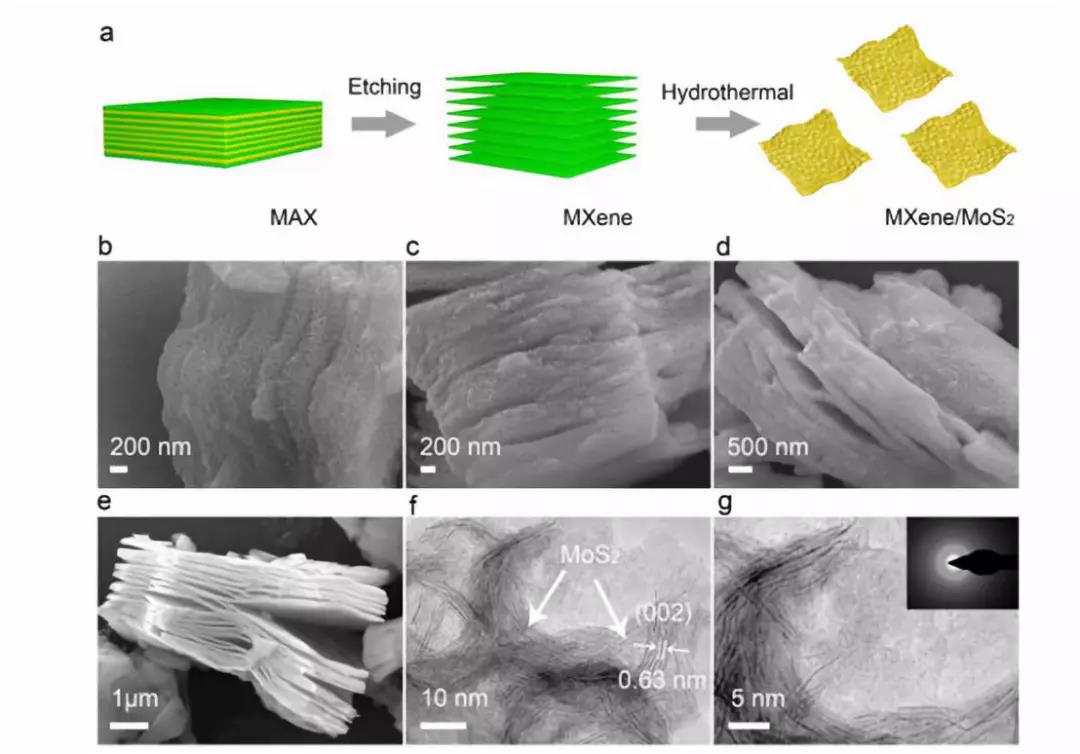
Figure 1. Synthesis process and SEM, TEM characterization
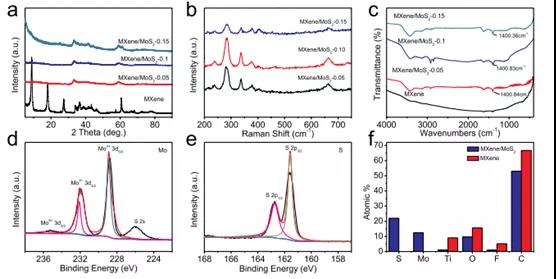
Figure 2. Physical characterization
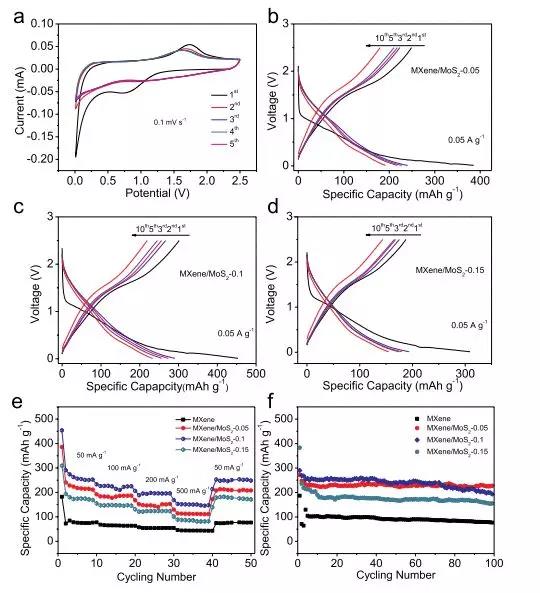
Figure 3. Performance test of potassium ion battery
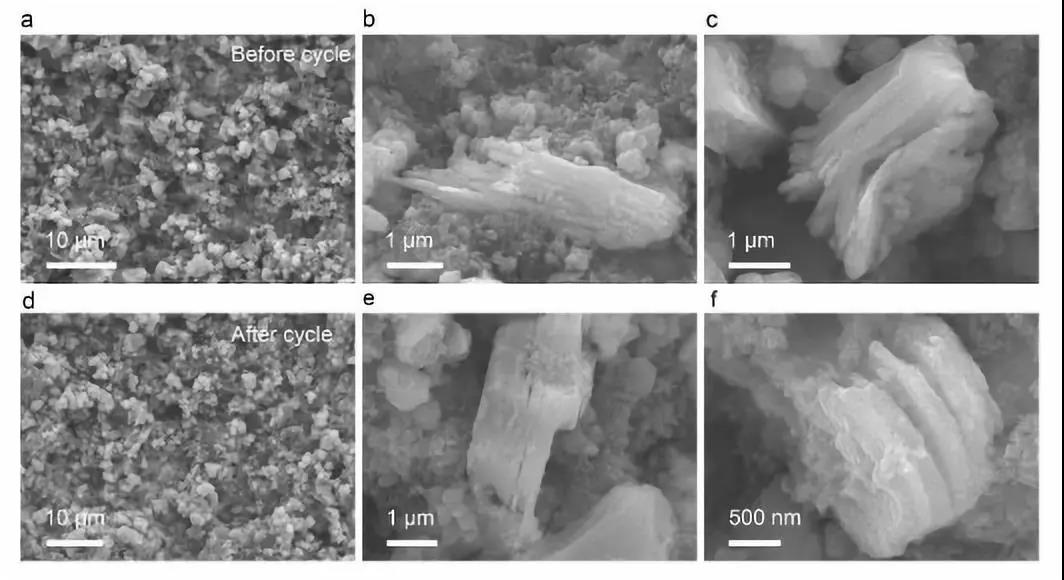
Figure 4. SEM characterization of electrode materials before and after cycling
[Summary of this article]
In summary, the MXene / MoS2 composite was successfully prepared by a simple hydrothermal method in this paper. Molybdenum disulfide nanosheets were uniformly fixed on the layer and surface of MXene, which increased the interlayer distance of MXene and increased specific surface area and active sites. The combination with MXene can buffer the volume expansion of MoS2. This unique layered structure enables MXene / MoS2 composites to have high capacity, good cycle stability, and high-rate potassium ion battery performance.
Literature link:
https://doi.org/10.1016/j.jpowsour.2019.227481
- Previous: Ti3C2Tx MXene Interlay
- Next: MXene breakthrough: Na


 mxene academic
mxene academic
